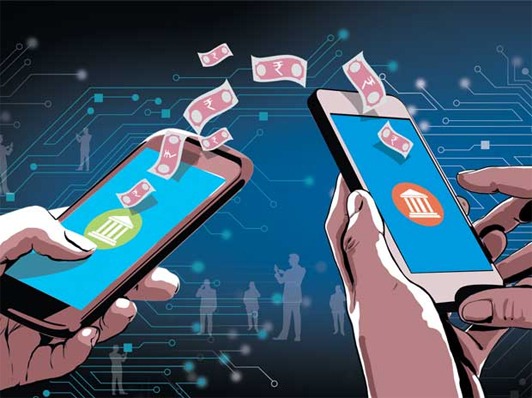Imagine being able to pay for just the paragraphs you read in an article or for each minute of a song you listen to. Welcome to the world of micropayments—a concept where financial transactions involve only tiny amounts of money but hold immense potential. Though mostly associated with digital goods like articles, songs, or in-app purchases, micropayments can be used for just about anything if two parties agree. While a promising idea, traditional banking systems have struggled to make micropayments practical due to large transaction fees.

Why Traditional Systems Fall Short
Consider a platform like PayPal. For transactions under0.05 per transaction. With such fees, sending a few cents becomes impractical because the cost can exceed the amount being transferred! Enter cryptocurrencies—which change the paradigm. Platforms like Obyte have fees as low as $0.00001 per transaction, making micropayments viable.

Micropayments in Action: Real-World Uses
Gaming and Entertainment
In the gaming and entertainment sectors, the small nature of cryptocurrency transactions inspires creativity. Think of paying per minute while streaming your favorite show, or perhaps tipping a creator for an outstanding segment in their latest video. For gamers, rewards could include crypto payments for achieving milestones or unlocking new game levels, leading to a dynamic and engaging experience.
Renewable Energy
Renewable energy is another area ripe for micropayments. Imagine your solar panels not only powering your home but allowing you to earn extra by selling surplus electricity. Micropayments facilitate this exchange, enabling individuals to feed excess power into the grid in real-time, without relying on inflexible utility company contracts.
IoT and Machine-to-Machine Transactions
In the burgeoning field of IoT (Internet of Things), micropayments shine in enabling machine-to-machine transactions. Envision your electric car automatically paying for charging or your smartwatch selling health data by the byte—no manual intervention required. This capability allows IoT devices to handle payments autonomously, streamlining our lives in a hyper-connected world.

Payment Channels: Supercharging Micropayments
So, what makes these micropayments work effortlessly? Payment Channels come into play here. They let two parties engage in multiple small transactions without immediately recording each one on the blockchain. Instead, these transactions occur off-chain at first, making them faster, cheaper, and private. Once both parties finalize, only the summarized transaction needs to be recorded on the main chain.
Examples of Payment Channels
The Lightning Network for Bitcoin and Litecoin and the Raiden Network for Ethereum are popular examples of payment channels. These systems employ sophisticated smart contracts to operate efficiently. Obyte also utilizes a unique technology called Autonomous Agents (AAs), which behave like digital vending machines—self-operating and intelligent.
In the Obyte ecosystem, AAs temporarily lock up funds during an active payment channel. Transactions here remain free, immediate, and private, merely transferring funds between a buyer and seller. Once complete, the channel closes, and the balance is settled in a singular, concise transaction.

The Future of Micropayments
As micropayment technologies mature, they promise to revolutionize transactions in our digital age by simplifying processes burdened by traditional systems. From supporting content creators to monetizing renewable energy, micropayments underscore the power of small transactions. In this case, small truly is mighty.




